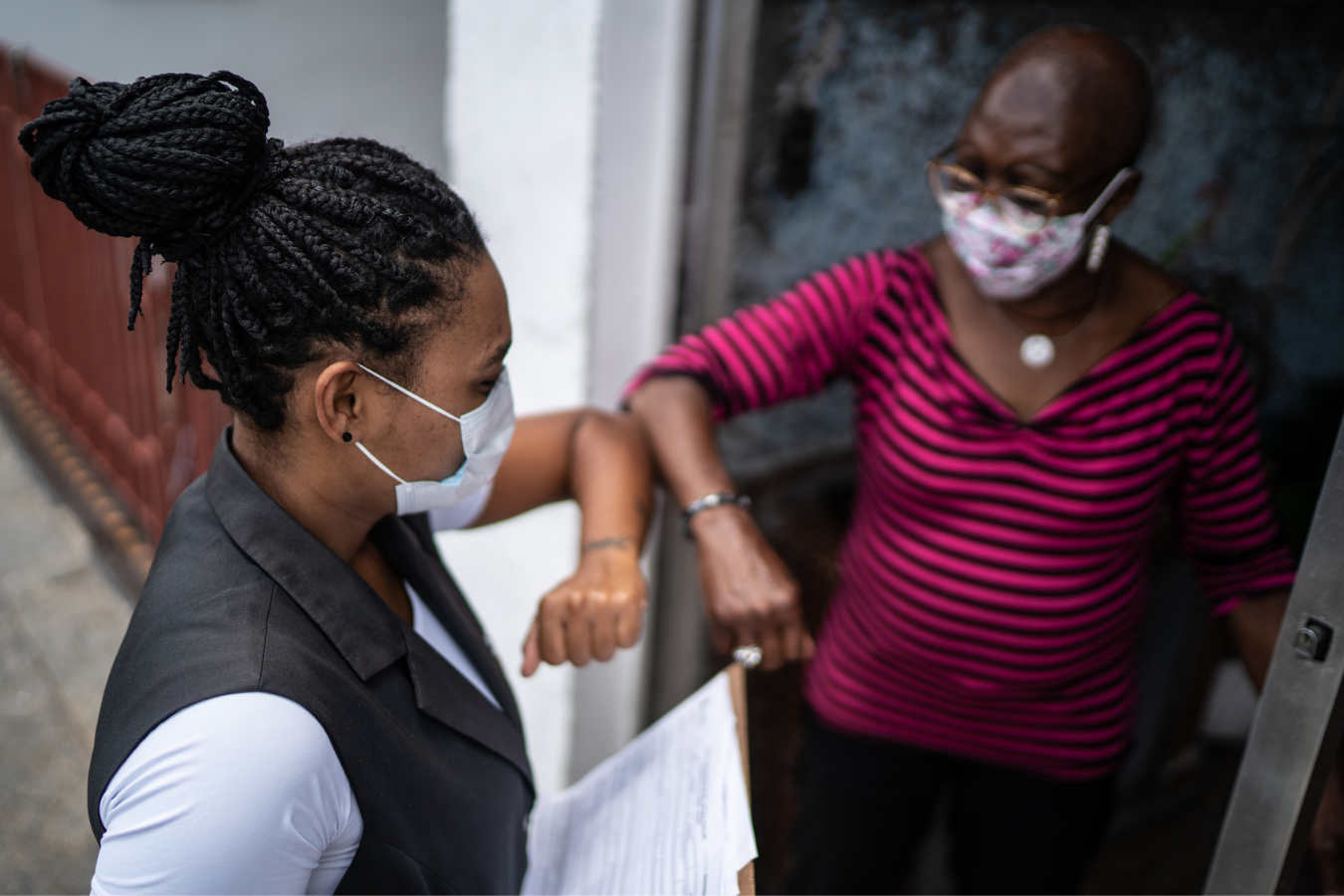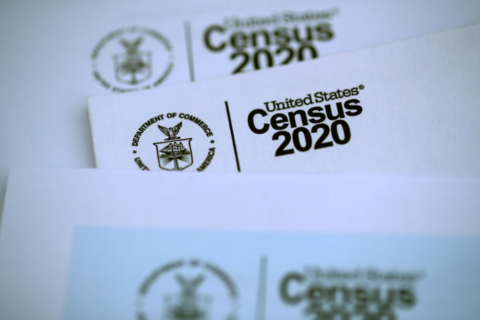Understanding Count Question Resolution, Population Estimate Challenges and Special Census Operations

Ahead of the August release of redistricting data from the Census Bureau, many local leaders—as well as state and federal leaders, academics, and members of the public—openly worried about the accuracy of data collected in an unprecedented environment. The 2020 Census saw significant delays due to the COVID-19 pandemic, which curtailed the period for collecting data. Compounding the logistical hurdles associated with the public health crisis was a simultaneous crisis of trust in government that made many reluctant to fill out their Census questionnaires or answer the door for enumerators.
Many of these concerns seemed borne out once the data became available, giving local leaders cause to believe that there may have been an undercount in their community. Some have publicly announced their intentions to mount a challenge to census data, but a dearth of information on how exactly these processes work puts them at a disadvantage.
Count Question Resolution:
The Count Question Resolution (CQR) is the only mechanism for cities to request a review of official 2020 Census results. The program is extremely narrow in scope, applying only to cases in which the 2020 count of housing (housing units and group quarters) and the associated population were impacted by geographic or processing errors. For city leaders concerned about undercounts, this is not an appropriate venue for redress, as it does not allow for the inclusion of new data. Changes do not affect reapportionment or redistricting data, nor will corrections be reflected in 2020 Census data products.
Past corrections via the CQR process have typically been small—the largest state population correction resulting from a post-2010 Census CQR challenge was 197 people (in Georgia). Successful challenges declined significantly following the 2010 Census and resulted in smaller population changes. While the 2020 Census saw significant impediments to collecting accurate information, particularly where group quarters were concerned, the CQR program as it stands can only address the incorrect placement of a housing unit. Corrections will not include any units or their associated populations not already counted in the enumeration.
For jurisdictions that do mount a CQR challenge, this process commences with the release of a Federal Register Notice, expected this fall, followed by a 30-day comment period. In December, government entities will be notified of their eligibility to submit CQR cases. The period for filing cases will run from January of 2022 through June 2023. The Bureau then researches the issue in question, makes corrections as necessary, and will issue revised official population and housing counts by September 30, 2023.
The Census Bureau considered expanding the scope of the CQR program, but announced in September that “Federal law requires data collection for the decennial census to end; this occurs once the apportionment results are delivered to Congress and the President. Therefore, the Census Bureau cannot continue collecting response data for the census through the Count Question Resolution operation.”
Population Estimate Challenge:
The Population Estimate Challenge program allows for challenges to the annual postcensal population estimates—the Census Bureau’s annually updated population estimates that form the foundation for federal funding and statistical surveys. Whereas the CQR process only addresses errors in data already collected, the Challenge program addresses issues resulting from the use of incorrect data, as well as mistakes in calculations. The Challenge program is suspended during a decennial census year and the subsequent year. For the 2020 Census cycle, the Population Estimate Challenge program will recommence in 2022 using new guidelines laid out in a Federal Register Notice expected in September 2021.
As with the CQR program, the highest elected official for a given jurisdiction may mount a Population Estimate Challenge. While the methodology used to calculate the population estimates in question cannot be challenged, the data sources can be. For cities or towns challenging data below the county level, the Bureau employs the Distributive Housing Unit (DHU) methodology, which “does not produce independent population estimates. Instead, the method allocates the county-level population estimates proportionately to subcounty areas” (Lee et al, Georgetown Law Center on Poverty and Inequality). As a result, any changes to sub-county results are offset by proportionate changes to another sub-county area; county-level results remain static.
Prior to 2010, the challenge process permitted the limited use of alternative sources; challenges between 2012 and 2018 have not permitted such use. As a result, the number of accepted challenges has dropped dramatically following the 2010 Census. Only three challenges were accepted in 2018, the most recent year for the challenge program.
Special Census:
In addition to these two processes to challenge existing data, government entities, including cities and towns, have the option of requesting a special census or a partial special census. Per the Census Bureau, a special census “is a basic enumeration of population, housing units, and group quarters conducted by the Census Bureau at the request of a governmental unit.” Government entities may request either a full or partial special census, the latter of which typically encompasses a much smaller area, and local governments are responsible for the cost of conducting the operation. Laws specific to states and localities differ as to when and why a government entity may request a special census.
As with the decennial Census, the statistical results of a special census are used to calculate funding allocations. At the same time, the cost can be significant—running in the several hundreds of thousands of dollars for a mid-sized municipality.
For city leaders considering mounting a challenge or requesting a special census, it is vital that they recognize both the limitations and significant costs associated and the historically small changes that have come about as a result. For cities that do move ahead with the process, they will need to remain up to date on the new rules, data, and methodologies for each process and prepare in advance by collecting the necessary administrative data. The National League of Cities will continue to provide guidance to the cities and towns we serve as they seek an accurate count.
Become an NLC Member
Interested in more news like this? Join NLC and get access to timely resources, proven best practices, and connections to peer networks.









